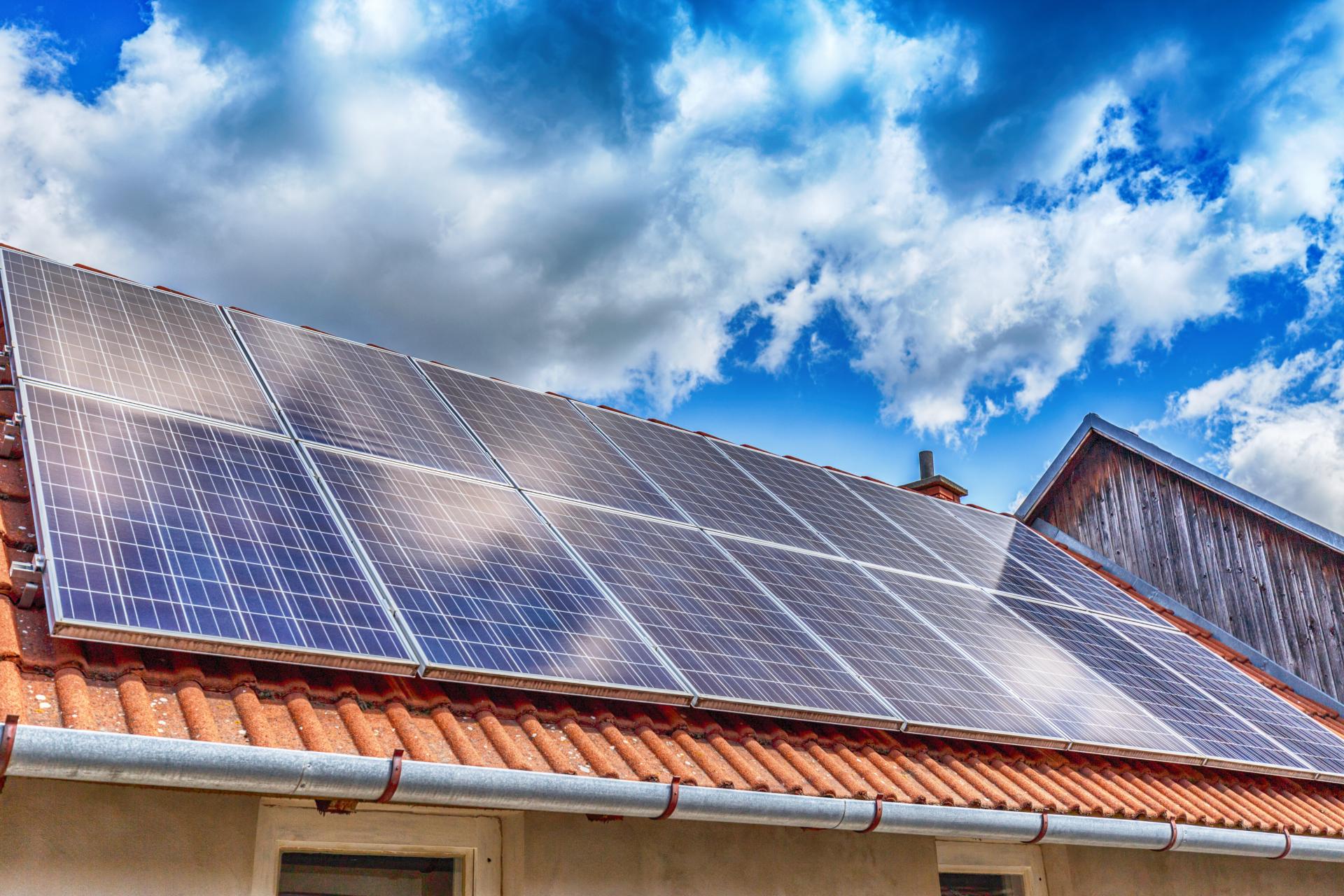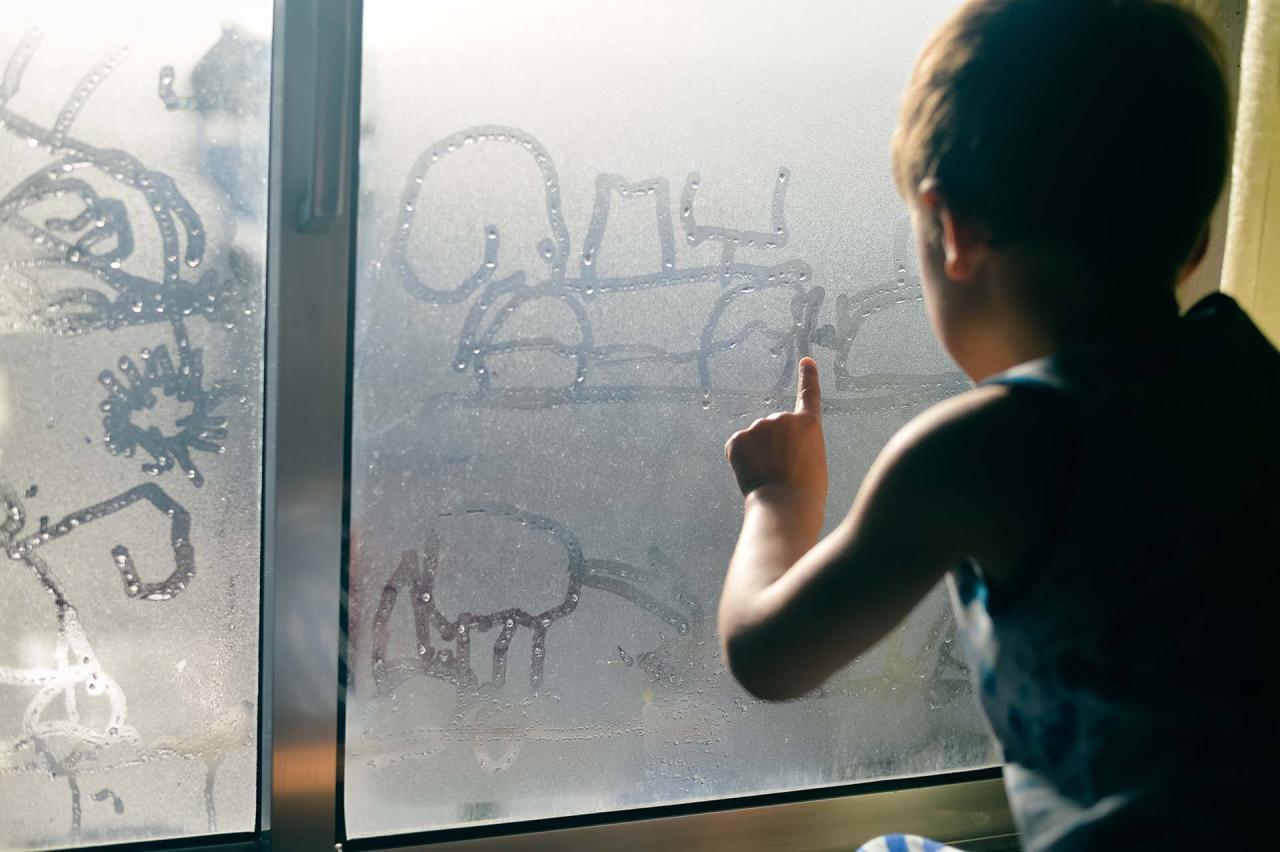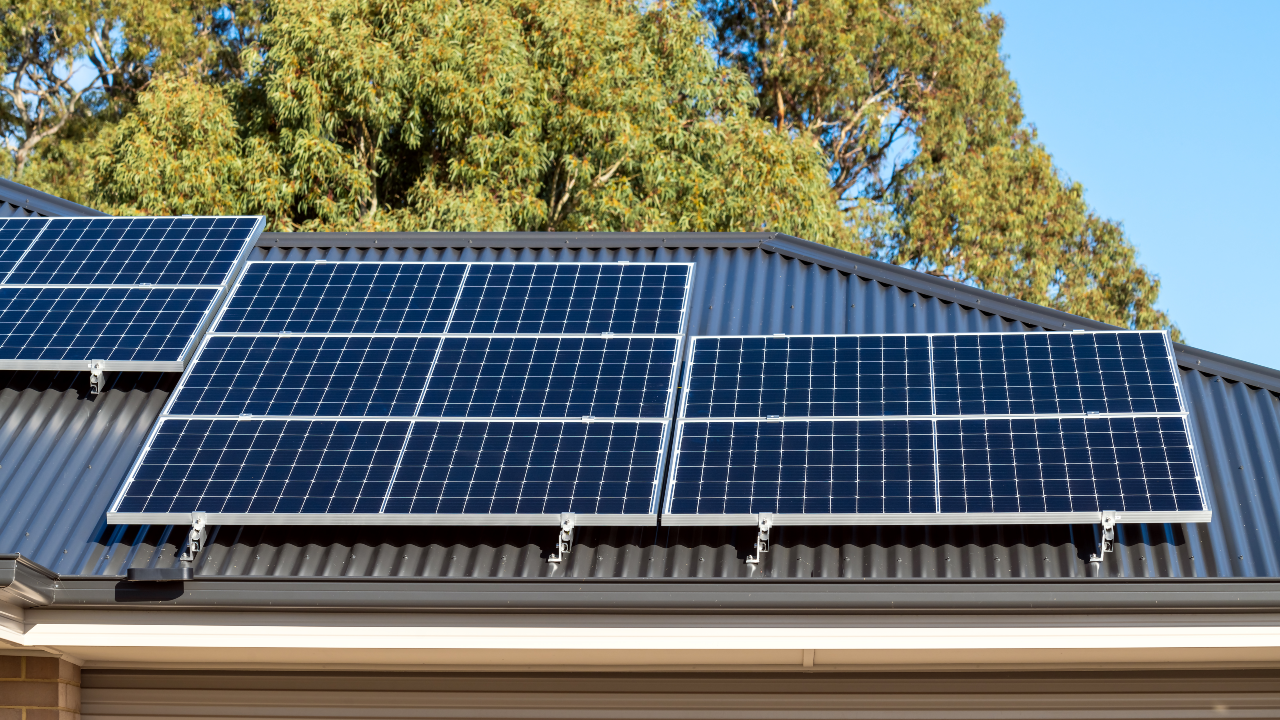
New social housing will be more energy efficient, but older houses are still costing us dearly
Poor energy ratings for homes have far-reaching effects, not just for environmental emissions, but also for the health and financial wellbeing of the people who live in them. This AHURI brief draws on our research to highlight the current situation for Australia’s social housing stocks, home to some of Australia’s most vulnerable people.
01 Feb 2023
Homes with poor energy ratings a major contributor to emissions
Currently, on average, Australian homes create more than 18 tonnes of greenhouse gases per household each year, which add together to produce at least one-fifth of Australia's annual greenhouse gas emissions. Heating and cooling uses about 40 per cent of the home energy use in a non-star rated home.
The average energy rating of the around 6 million Australian homes (out of around 10 million dwellings in 2015) that were built before 1995 is ‘only 1.5 out of a possible 10 stars.’
Social housing dwellings are among the least energy efficient
Currently the majority of social housing dwellings in Australia have a very low energy efficiency rating, ‘due to the age of much of that stock, backlogs in maintenance, and the selling off of better-quality properties over the past fifty years.’
To directly combat the crisis of unaffordable housing across Australia, the Commonwealth Government (through the new National Housing Accord and the Housing Australia Future Fund, and in conjunction with the states, territories and institutional investors) plans to stimulate the building of 50,000 social and affordable homes from 2024. Just as important, these homes will have an energy efficiency rating of 7 stars or greater. Indeed, as part of changes to the National Construction Code, all new housing built from 1 October 2023 must comply with the 7 star energy rating. (The highest energy rating available in Australia is 10 stars—a dwelling built to that level might be expected to require almost no heating or cooling costs for the life cycle of the dwelling.)
While commitments by governments for newly announced social and affordable housing to meet the 7 star code are very welcome, too many existing social housing and lower priced private rental housing dwellings are not built (or retro-fitted) to these energy standards.
Low home energy ratings amplify inequality and poor health outcomes
AHURI research released in 2020 showed that ‘18 per cent of public renters were unable to keep sufficiently warm in winter’ and that tenants who reported they couldn’t warm or cool their home to a comfortable temperature were ‘much more likely to also report ‘fair’ or ‘poor’ health’.’
With regard to living in hot homes, the World Health Organization (WHO) states that ‘once ambient temperatures remain above 30°C and night times offer little relief, the basal metabolic rate increases, which can have negative health consequences for people with weight, illness or age-related vulnerabilities. Hence, it is important to not exceed this value for prolonged periods.’ Other research has identified that extreme heat events have killed more people in Australia than the sum of all other natural hazards since 1900. A heat wave across Europe in 2003 resulted in estimated 35,000 excess deaths.
Cold homes can be just as deadly, with National Energy Action (a charity in the UK) estimating that in the winter 2019–20 ‘8,500 people died in England and Wales … due to cold homes’ and that ‘there were 28,300 excess winter deaths, an increase of almost 20% on the previous winter.’
In Australia, low-income tenants are more likely to experience energy hardship (i.e. spending a higher proportion of their income on energy compared to the average population). Public housing renters are more likely to report not being able to heat or cool their home adequately, with ‘tenants using a range of coping strategies to reduce their energy consumption’. These coping strategies include visiting air-conditioned places like shopping centres or libraries to ‘hide from the heat’ and to avoid using air conditioning at home; sleeping outside on hot nights because it was too hot indoors; and, in colder weather, ‘sitting in the car to get warm, using the oven for heating, blocking draughts under doors with towels, or, in more extreme cases, simply going without heating.’
Current actions to improve the energy efficiency of social housing are limited
Improving the liveability (and energy efficiency) of Australia’s social housing stock is a huge undertaking, with governments in different jurisdictions presenting different options. In NSW, ACT and Northern Territory public housing tenants can install air conditioning in their dwelling (if they can afford it) but must remove any alterations made when they move out, while public housing tenants in Tasmania, Queensland, South Australia and Western Australia can seek approval to install air conditioning and ceiling fans at their own expense. Although air conditioning may improve liveability it may not improve the dwelling’s energy efficiency, particularly if tenants can only afford to buy poorer quality air conditioning units that use a lot of energy to operate.
The Victorian Government’s Energy Efficiency in Social Housing Program is working to support social housing tenants in reducing their heating and cooling costs (and improve liveability) through retrofit schemes ‘replacing existing inefficient heaters with efficient reverse cycle air conditioners; replacing existing hot water systems with heat pump hot water systems; and installing draught sealing and insulation.’
Solutions to improve energy efficiency are costly but could have big impact
With predictions of increased temperatures across much of Australia in the future, State and Territory housing authorities and community housing providers will have to choose whether to retrofit existing stock or build/ buy new housing stock that has better thermal characteristics. For example, for Indigenous social housing situated in regional and remote Australia, increasing ‘the energy standard of existing stock would require removing and replacing wall cladding, installing insulation and double-glazed windows, replacing roofs, installing wrap-around verandas and shading systems and tree-scaping yards and streets.’
AHURI research shows that, currently, the energy required to cool an average social housing dwelling in tropical Australia is 107 kilowatts per hour (kWh) per square metre of building area per year (/m2y). A new dwelling that incorporates good climate design principles would reduce the energy used for cooling the home by between 8 and 11 per cent, depending on the number of people living there. As tenants are responsible for paying their power bills, this reduction in cooling costs will be of direct benefit to lower income households.
AHURI research suggests that ‘a comprehensive knock-down-and-rebuild program may work to improve public tenants’ living conditions.’ Government health departments, health practitioners and health advocacy groups might assist the development of such policies by advocating for thermally efficient housing to be seen as an essential public health issue.
Such a program would, of course, be expensive and would require extensive co-funding arrangements between Commonwealth, State and Territory governments. However, the impact could be significant and far-reaching. There is ‘an opportunity for governments across Australia to stimulate local economies’ through a targeted program of investment in improvements to social housing, and at the same time enhance the long-term wellbeing of the population. This in turn could reduce costs in other areas (e.g. health costs) as well as contribute significantly toward Australia’s increasingly more ambitious emission reduction targets.



